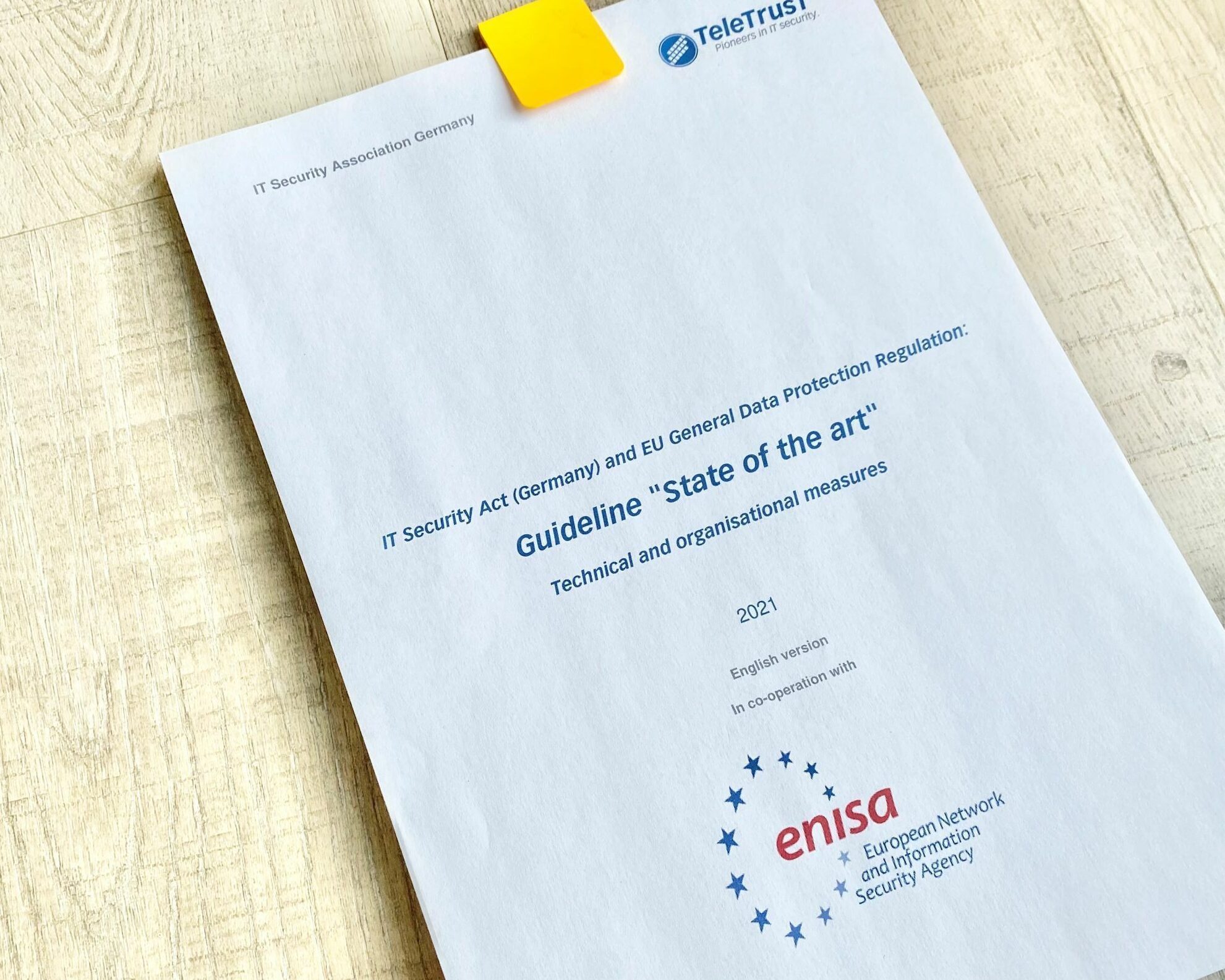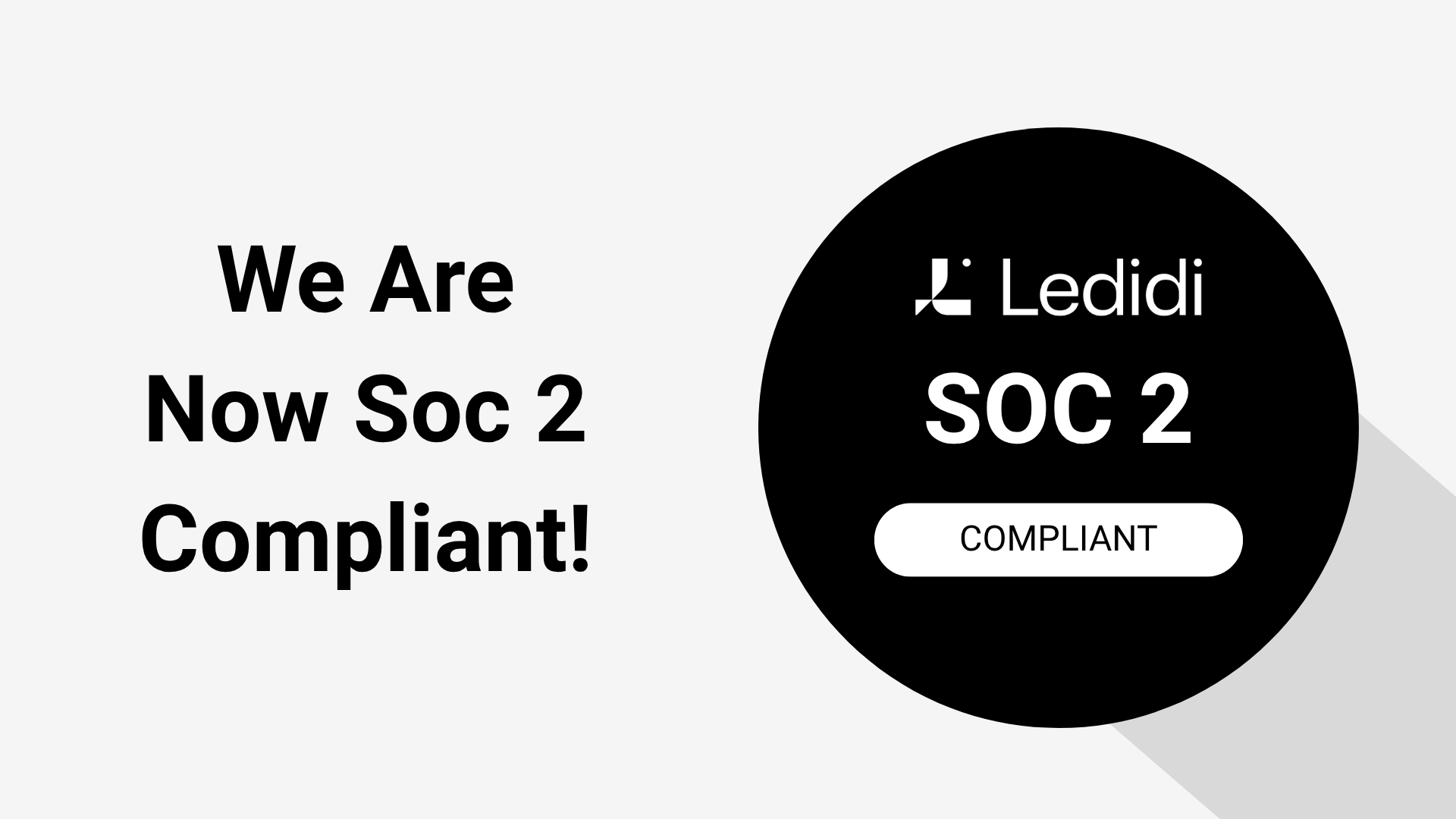Summary
The European Data Protection Board’s (EDPB) recommendations on supplementary measures when cloud service providers are used for personal data processing, require state of the art technologies for encryption to prevent disclosure of European citizens’ personal data to US’ or other third countries’ authorities. In addition to encryption of data in transit and at rest, EDPB requires measures that prevent access to the cloud provider to personal data “in the clear” when the data are in use. The EU Cybersecurity Agency (ENISA) together with the IT Security Agency Germany (TeleTrusT) define the requirements for “state of the art” data protection in a guideline intended to define state of the art within the meaning of EU law. In the recently revised version of this guideline, confidential computing is defined as state of the art and “corresponding to the protection requirements when cloud services are used for critical infrastructures or for sensitive data processing processes”. Confidential computing protects data in use (during processing in the CPU and the memory) and solves the most challenging technical protection requirement in EDPB’s recommendations on supplementary measures (use case 6). Applying confidential computing together with conventional encryption techniques, allows European private businesses and public institutions to continue their digital transition into the cloud. Here, we outline how “state of the art” is defined in the context of the GDPR, and how confidential computing relates to EDPB’s recommendations on supplementary measures.
State of the art
The term “State of the art” is repeatedly used in the GDPR and in the EU guidelines for data protection and privacy. Specifically, article 32 of the GDPR states that in security in processing, the controller and the processor shall implement appropriate technical and organisational measures to ensure a level of security appropriate to the risk “taking into account the state of the art, the costs of implementation and the nature, scope, context and purposes of processing as well as the risk of varying likelihood and severity for the rights and freedoms of natural persons” (1). Article 25 requires that state of the art measures shall be implemented as a part of all processing activities by design and by default (2, 3).
After the Schrems II judgment by the European Court of Justice (CJEU) on July 16th, 2020 (4), the term has become even more relevant. The judgment completely upended transatlantic and international data transfers and positioned European businesses and public institutions in an untenable position, where in the practical world it is very difficult to be compliant with EU regulations (5). EDPB adopted its final version of its recommendations on supplementary measures on June 18th, 2021 (6). When using cloud providers with US ownership (Amazon Web Services, Microsoft Azure and Google Cloud) for data transfers both within the European Economic Area (EEA) and to the US and other third countries, the measures are intended to supplement the EU “Standard Contractual Clauses” (SCC) in order to guarantee an EU level of data privacy. Similar to the requirements in article 25 and article 32 of the GDPR, EDPB requires that the technical measures used alone or in combination with contractual or organisational measures shall be “state of the art”.
Use case 6 has been the showstopper
For cloud computing, it is use case 6 in EDPB’s recommendations on supplementary measures that has been the showstopper (6). In order to be compliant using US-owned public cloud services in the post Schrems II era, all practical possibilities for the cloud providers to disclose data to US authorities in a manner that conflicts with EU data protection law, must be prevented. Technical measures are the only option to completely protect the data. Organisational measures cannot provide the required level of protection in an era of near absolutes and guarantees, and contractual measures are in themselves inherently insufficient in the tug-of-war between US surveillance laws and practices and EU privacy regulations.
Encryption makes data useless, and it is the most effective way of “isolating” the data from the cloud operators, and by extension, thereby preventing US authorities from unauthorised access to “data in the clear” (6). However, conventional encryption techniques have only been available for data in transit and at rest, and not during processing in the CPU and in the memory (7, 8). It has therefore been a theoretical possibility for the cloud operators to access data unauthorised while the data are being processed.
EDPB also requires that the encryption keys are retained solely under the control of the data exporter, or by an entity trusted by the exporter in the EEA. There exist technical solutions for this, but it may cause practical challenges dependent on the system architecture.
New guideline on state of the art
Use case 6 relates to “transfer to cloud services providers or other processors which require access to data in the clear”, and the use case is listed as an example of “scenarios referring to cases in which effective measures are not identified”. The premise for this conclusion is that “the cloud service provider or other processor needs access to the data in the clear in order to execute the task assigned”. At the time of the adoption of the recommendations on supplementary measures, EDPB was “incapable of envisioning an effective technical measure to prevent that access”. EDPB specifically refers to the 2019 version of the “Guideline on “State of the art” - Technical and organisational measures” by ENISA in collaboration with TeleTrusT (9, 10). This version is no longer publicly available as ENISA and TeleTrusT issued a revised version in September 2021 (11).
In the latest version, however, the guideline defines confidential computing as state-of-the-art technology to protect data in use. This corresponds precisely to the preventive technical measure required for use case 6. It aligns with EDPB’s notion “that further technological development may offer measures that achieve the intended business purposes, without requiring access in the clear”. And this is what the “Guideline on “State of art” - Technical and organisational measures” now confirms, and which emphasizes the need for dynamic interpretation of the term “state of the art” in article 25 and article 32 of the GDPR and EDPB’s recommendations on supplementary measures, as the technologies rapidly evolve.
Confidential computing protects data in use
The fact that ENISA and TeleTrusT now define confidential computing as state of the art comes as no surprise for data security professionals. The technology of hardware-based Trusted Execution Environments (TEEs) using processor enclaves and memory encryption has been long in coming. Amazon Web Services (AWS) started the development of its Nitro system back in 2013, and the Confidential Computing Consortium, an industry collaboration that involves Microsoft, Google, Intel, Arm, AMD and others, was formed in 2018 (12, 13). The technology has been developed to prevent unauthorised access or modification of applications and data while in use, and to protect customer code and data from the cloud providers. This technology is now being made available by an increasing number of service/cloud providers, and will be an important component of the system architecture of cloud applications and in cloud infrastructure environments processing sensitive data.
State of the art supplementary technical measure for use case 6
As discussed above, the term “state of the art” is used in both article 25 and 32 of the GDPR, and in several EDPB guidelines, including the recommendations on supplementary measures. However, it is not defined in detail what should be understood by the term. This is why the “Guideline on “State of the art” - Technical and organisational measures” by ENISA and TeleTrusT is so important and is referred to in EDPB’s recommendations on supplementary measures (reference 80) (6). The guideline by ENISA and TeleTrusT is intended to provide concrete advice and recommendations for actions, to assist in determining the "state of the art" within the meaning of the GDPR, and to provide the content demanded by the GDPR. It is also meant as “a reference for contractual agreements, procurement procedures or the classification of security measures implemented” (11).
The guideline defines “state of the art” as “the procedures, equipment or operating methods available in the trade in goods and services for which the application thereof is most effective in achieving the respective legal protection objectives. In short: The "state of the art" refers to the best performance of an IT security measure available on the market to achieve the legal IT security objective”. The required security objectives of a particular technology can be availability, integrity, confidentiality or authenticity. The guideline defines that “confidential data processing corresponds to the protection requirement when cloud services are used for critical infrastructures or for sensitive data processing processes, e.g. in medicine, industry or in regulated areas (e.g. regTech)”. “Confidential computing allows data to be processed in central infrastructures without exposing them to the possibility of being read by the operators of these central infrastructures, and offers users more control and, depending on the audit, also transparency”. Confidential computing also “offers new degrees of freedom, as new applications are conceivable that could not be implemented in a legally compliant manner under conventional data protection and security considerations”. In conclusion, confidential computing is the technical supplementary measure required for use case 6.
The technologies underpinning confidential computing solves a fundamental data protection challenge in cloud environments: Isolating the customers’ data from unauthorised access by the cloud providers. This also prevents the possibility of subsequent unauthorised data disclosure to authorities in third countries in breach of the GDPR. By implementing confidential computing, it is now possible to be GDPR compliant in most scenarios - including processing of sensitive data such as personally identifiable health information. However, it is still crucial that both the data exporter and the data importer are bound by the EU SCCs. But the data can now be processed in cloud environments in a GDPR compliant manner by using state of the art technologies.
References
1. https://gdpr-info.eu/art-32-gdpr/
2. https://gdpr-info.eu/art-25-gdpr/
4. https://www.europarl.europa.eu/RegData/etudes/ATAG/2020/652073/EPRS_ATA(2020)652073_EN.pdf
7. https://ledidi.com/blog/confidential-computing-the-missing-link-in-cloud-data-protection
9. https://www.enisa.europa.eu/
10. https://www.teletrust.de/startseite/
12. https://aws.amazon.com/blogs/security/confidential-computing-an-aws-perspective/



